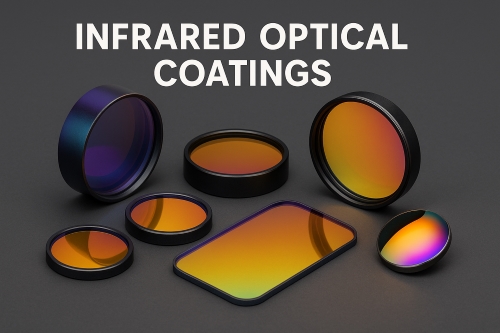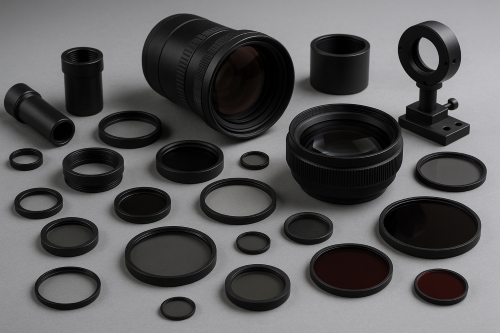Application Of Molybdenum & Molybdenum Alloys
Molybdenum and Molybdenum Alloys possess properties including high thermal conductivity, adequate electrical conductivity, a low coefficient of thermal expansion, high temperature strength, low vapour pressure and wear resistance. They are utilised in many applications. This article provides a detailed review of the applications of Molybdenum and Molybdenum Alloys.

Applications of Molybdenum and Molybdenum Alloys
Applications of Molybdenum and Molybdenum Alloys in the Production of Electronic Power Equipment
Molybdenum and its alloys are primarily employed in the manufacture of electronic power equipment. They serve as filaments, components in lighting devices and electronic vacuum tubes, parts in microwave equipment, medical electronic apparatus, internal elements in X‐ray tubes, X‐ray error detectors and as materials with low thermal expansion for integrated circuit components.
Molybdenum (Mo) is also used to form Cu/Mo/Cu composite materials with copper (Cu). Copper improves the thermal expansion compatibility of the composite with the ceramic matrix.
Applications of Molybdenum and Molybdenum Alloys in the Materials Processing Industry
1. As moulds for thermal processing
In the aerospace sector, Molybdenum alloys are mainly used to manufacture moulds for high-temperature forging components.
2. Use in the processing of molten metal
Aluminium foundries utilise Molybdenum to reduce thermal cracking in processed materials. Typically, cores and pins made from TZM (Titanium-Zirconium-Molybdenum) alloys are employed in elements prone to hot cracking. The use of TZM and MHC alloys improves the rapid solidification of processing units. Tungsten-Molybdenum alloys provide corrosion resistance and may reduce production costs considerably. Consequently, Mo-25% W and Mo-30% W alloys have been developed for use in impellers, pump units and piping systems for molten zinc.
3. Use for thermal spraying
The piston ring may be thermally sprayed with Molybdenum. In this process, Molybdenum powder is mixed with a binder that contains Nickel (Ni) and Chromium (Cr), and the mixture is applied to the piston via plasma spraying. The coating may comprise pure Molybdenum or a blend of Molybdenum alloys that is resistant to wear and corrosion, thereby meeting the requirements of paper production processes.
Additionally, Molybdenum powder can be combined with various proportions of Nickel, Chromium, Boron and Silicon powders to form different powder blends. It is essential that the spray powder is highly flowable, and the thermally sprayed powder is generally spherical or nearly spherical.
4. Use for chemical processing
Molybdenum is employed as an electrode material in glass melting processes. Its use improves the processing capacity of conventional furnaces. Owing to its high temperature capability and thermal stability, it is suitable for high-temperature furnace components. For example, Molybdenum and its alloys are commonly used as materials for equipment in hot isostatic pressing (HIP), heating elements, casings and supports. Molybdenum devices and sintered Molybdenum boats are frequently used in ceramic manufacturing; nearly all oxide-ceramic products in the electronics industry utilise Molybdenum carriers. Given its compatibility with hot gases and high temperature strength, Molybdenum is employed in the aerospace and defence sectors. However, its poor oxidation resistance limits some applications.
Conclusion
Thank you for reading this article. We trust that it has enhanced your understanding of the applications of Molybdenum and Molybdenum Alloys. For further information on Molybdenum and its alloys, please visit Stanford Advanced Materials (SAM).

 Bars
Bars
 Beads & Spheres
Beads & Spheres
 Bolts & Nuts
Bolts & Nuts
 Crucibles
Crucibles
 Discs
Discs
 Fibers & Fabrics
Fibers & Fabrics
 Films
Films
 Flake
Flake
 Foams
Foams
 Foil
Foil
 Granules
Granules
 Honeycombs
Honeycombs
 Ink
Ink
 Laminate
Laminate
 Lumps
Lumps
 Meshes
Meshes
 Metallised Film
Metallised Film
 Plate
Plate
 Powders
Powders
 Rod
Rod
 Sheets
Sheets
 Single Crystals
Single Crystals
 Sputtering Target
Sputtering Target
 Tubes
Tubes
 Washer
Washer
 Wires
Wires
 Converters & Calculators
Converters & Calculators
 Write for Us
Write for Us


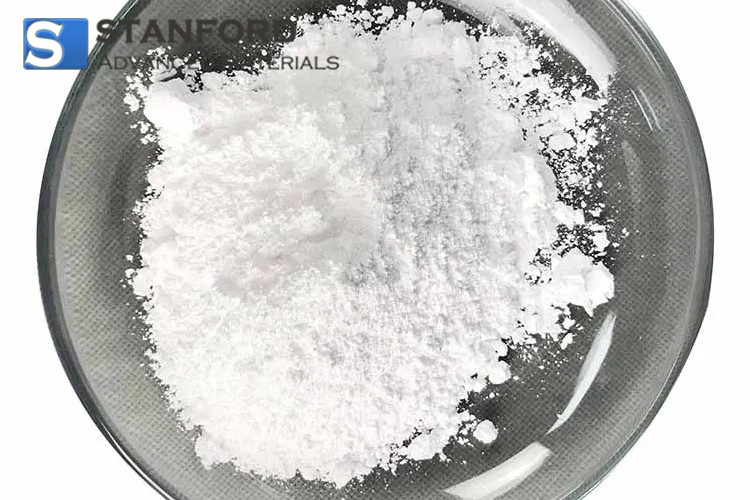
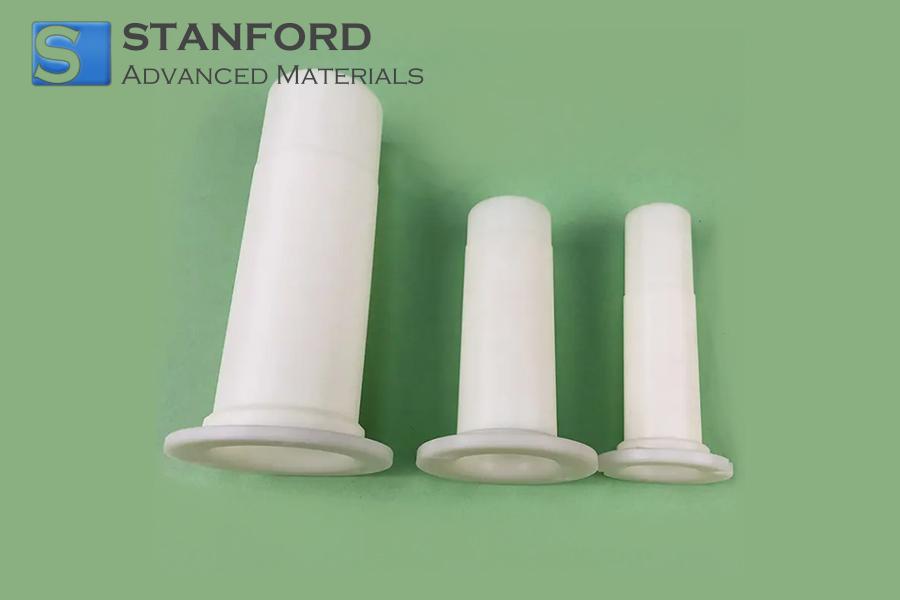
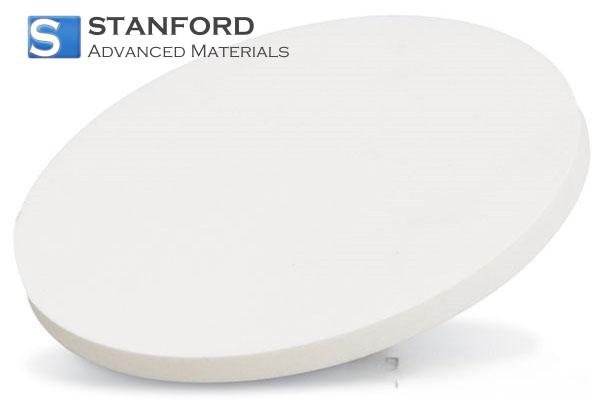
 Chin Trento
Chin Trento

